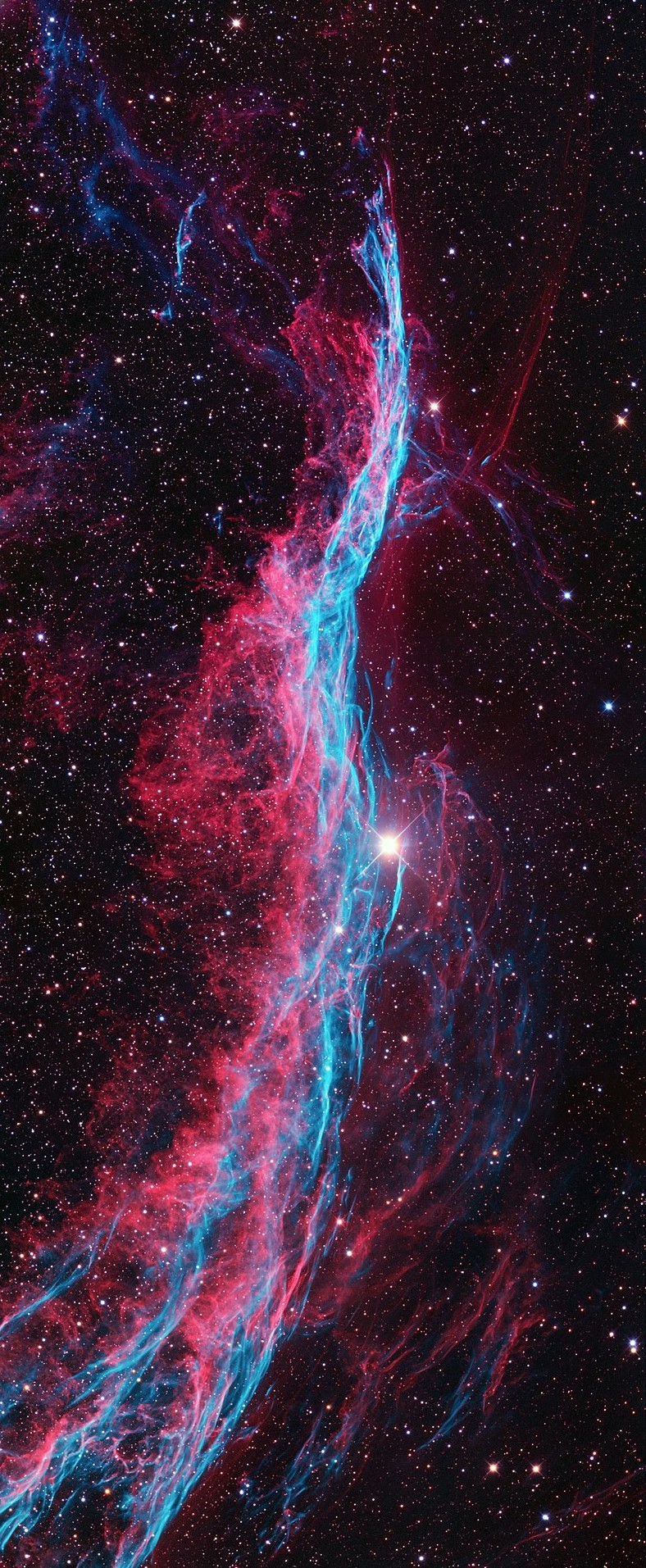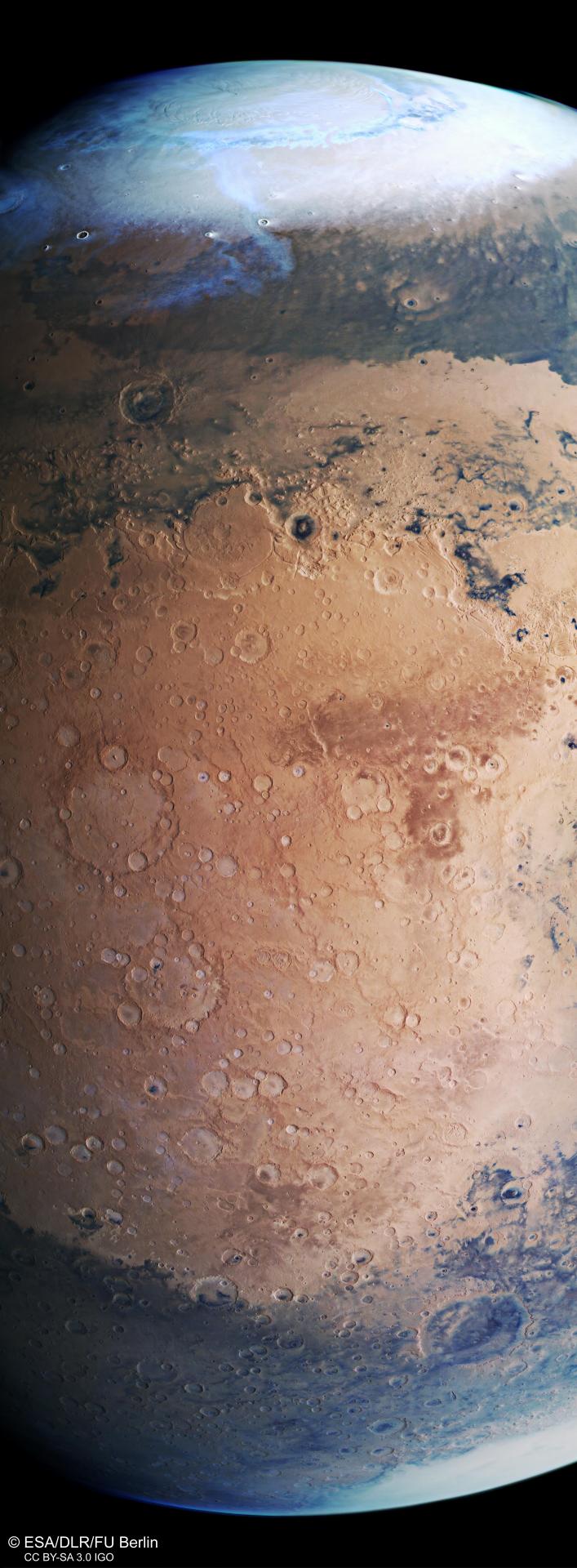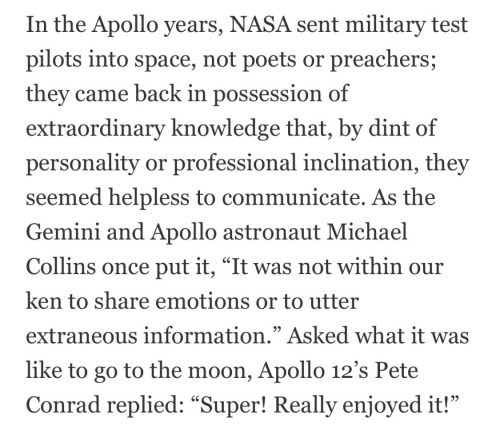The Veil Nebula

The Veil Nebula
More Posts from Ad-astra-affecte-spe and Others


With giant storms, powerful winds, auroras, and extreme temperature and pressure conditions, Jupiter has a lot going on. Now, NASA’s James Webb Space Telescope has captured new images of the planet. Webb’s Jupiter observations will give scientists even more clues to Jupiter’s inner life.
Credit: NASA, ESA, CSA, Jupiter ERS Team; image processing by Judy Schmidt. Read more

Mars, as seen by ESA's Mars Express satellite



The Rosetta Nebula and NGC 2244
At the heart of the Rosetta nebula is an open cluster of stars, which is NGC 2244. The entire structure sits at the end of a giant molecular cloud, and you can easily spot the tell tale columns and protostars at the head showing active star formation on-going.
The bottom image is from Chandra, which gives the purple/pink colours for X-Ray sources, used particularly in spotting black hole accretion disks, pulsars and supernova remnants, we can see it's a lively place !
The entire structure is in the constellation of Monoceros at around 5,200 light years from Earth.



Galaxies can merge, collide, or brush past one another — each of which has a significant impact on their shapes and structures. As common as these interactions are thought to be in the Universe, it is rare to capture an image of two galaxies interacting in such a visibly dynamic way. This image, from the NASA/ESA Hubble Space Telescope, feels incredibly three-dimensional for a piece of deep-space imagery.
The subject of this image is named Arp 282, an interacting galaxy pair that is composed of the Seyfert galaxy NGC 169 (bottom) and the galaxy IC 1559 (top).
Credits: ESA/Hubble & NASA, J. Dalcanton, Dark Energy Survey, J. Schmidt

2023 December 16
Crescent Enceladus Image Credit: Cassini Imaging Team, SSI, JPL, ESA, NASA
Explanation: Peering from the shadows, the Saturn-facing hemisphere of tantalizing inner moon Enceladus poses in this Cassini spacecraft image. North is up in the dramatic scene captured during November 2016 as Cassini’s camera was pointed in a nearly sunward direction about 130,000 kilometers from the moon’s bright crescent. In fact, the distant world reflects over 90 percent of the sunlight it receives, giving its surface about the same reflectivity as fresh snow. A mere 500 kilometers in diameter, Enceladus is a surprisingly active moon. Data and images collected during Cassini’s flybys have revealed water vapor and ice grains spewing from south polar geysers and evidence of an ocean of liquid water hidden beneath the moon’s icy crust.
∞ Source: apod.nasa.gov/apod/ap231216.html


Galaxy Collisions Arp 140,143 © Hubble

2023 October 23
Moon Io from Spacecraft Juno Image Credit: NASA, JPL-Caltech, SwRI, MSSS; Processing & Copyright: Ted Stryk & Fernando García Navarro
Explanation: There goes another one! Volcanoes on Jupiter’s moon Io keep erupting. To investigate, NASA’s robotic Juno spacecraft has begun a series of visits to this very strange moon. Io is about the size of Earth’s moon, but because of gravitational flexing by Jupiter and other moons, Io’s interior gets heated and its surface has become covered with volcanoes. The featured image is from last week’s flyby, passing within 12,000 kilometers above the dangerously active world. The surface of Io is covered with sulfur and frozen sulfur dioxide, making it appear yellow, orange and brown. As hoped, Juno flew by just as a volcano was erupting – with its faint plume visible near the top of the featured image. Studying Io’s volcanoes and plumes helps humanity better understand how Jupiter’s complex system of moons, rings, and auroras interact. Juno is scheduled to make two flybys of Io during the coming months that are almost 10 times closer: one in December and another in February 2024.
∞ Source: apod.nasa.gov/apod/ap231023.html
-
 bobbypinsandmuffintops liked this · 3 weeks ago
bobbypinsandmuffintops liked this · 3 weeks ago -
 basedonmylikes reblogged this · 4 weeks ago
basedonmylikes reblogged this · 4 weeks ago -
 specialkmh reblogged this · 1 month ago
specialkmh reblogged this · 1 month ago -
 specialkmh liked this · 1 month ago
specialkmh liked this · 1 month ago -
 volevoesserelasuafelicita liked this · 1 month ago
volevoesserelasuafelicita liked this · 1 month ago -
 thekinginjello liked this · 1 month ago
thekinginjello liked this · 1 month ago -
 catboydyke3 liked this · 1 month ago
catboydyke3 liked this · 1 month ago -
 mechanical-demon reblogged this · 1 month ago
mechanical-demon reblogged this · 1 month ago -
 addicted2coke-theothercoke liked this · 1 month ago
addicted2coke-theothercoke liked this · 1 month ago -
 evelynevelynevelynevelynevelyn reblogged this · 1 month ago
evelynevelynevelynevelynevelyn reblogged this · 1 month ago -
 evelynevelynevelynevelynevelyn liked this · 1 month ago
evelynevelynevelynevelynevelyn liked this · 1 month ago -
 lucyvaleheart reblogged this · 1 month ago
lucyvaleheart reblogged this · 1 month ago -
 noisydreamercolor reblogged this · 2 months ago
noisydreamercolor reblogged this · 2 months ago -
 arleney reblogged this · 2 months ago
arleney reblogged this · 2 months ago -
 stpauligirl reblogged this · 2 months ago
stpauligirl reblogged this · 2 months ago -
 mariavlc82 reblogged this · 2 months ago
mariavlc82 reblogged this · 2 months ago -
 sneesnoop reblogged this · 2 months ago
sneesnoop reblogged this · 2 months ago -
 takeyoutothestars reblogged this · 2 months ago
takeyoutothestars reblogged this · 2 months ago -
 mariavlc82 liked this · 2 months ago
mariavlc82 liked this · 2 months ago -
 screamiac liked this · 2 months ago
screamiac liked this · 2 months ago -
 shadowyfacething liked this · 2 months ago
shadowyfacething liked this · 2 months ago -
 bloggingfromherbed reblogged this · 2 months ago
bloggingfromherbed reblogged this · 2 months ago -
 bloggingfromherbed liked this · 2 months ago
bloggingfromherbed liked this · 2 months ago -
 collector-of-the-strange reblogged this · 2 months ago
collector-of-the-strange reblogged this · 2 months ago -
 qs-universe reblogged this · 2 months ago
qs-universe reblogged this · 2 months ago -
 mrfluffles300 reblogged this · 2 months ago
mrfluffles300 reblogged this · 2 months ago -
 dwell-ondreams reblogged this · 2 months ago
dwell-ondreams reblogged this · 2 months ago -
 blueribbonbaby liked this · 2 months ago
blueribbonbaby liked this · 2 months ago -
 holdmysauce reblogged this · 2 months ago
holdmysauce reblogged this · 2 months ago -
 holdmysauce liked this · 2 months ago
holdmysauce liked this · 2 months ago -
 cantbelieveididthis reblogged this · 2 months ago
cantbelieveididthis reblogged this · 2 months ago -
 cantbelieveididthis liked this · 2 months ago
cantbelieveididthis liked this · 2 months ago -
 bimenace liked this · 2 months ago
bimenace liked this · 2 months ago -
 tboy-perpetua liked this · 2 months ago
tboy-perpetua liked this · 2 months ago -
 six-demon-bag reblogged this · 2 months ago
six-demon-bag reblogged this · 2 months ago -
 six-demon-bag liked this · 2 months ago
six-demon-bag liked this · 2 months ago -
 5eeker reblogged this · 2 months ago
5eeker reblogged this · 2 months ago -
 5eeker reblogged this · 2 months ago
5eeker reblogged this · 2 months ago -
 5eeker reblogged this · 2 months ago
5eeker reblogged this · 2 months ago -
 5eeker reblogged this · 2 months ago
5eeker reblogged this · 2 months ago -
 its-me-michel-dauchy liked this · 2 months ago
its-me-michel-dauchy liked this · 2 months ago -
 aardvarks-and-bats reblogged this · 2 months ago
aardvarks-and-bats reblogged this · 2 months ago -
 altherei reblogged this · 2 months ago
altherei reblogged this · 2 months ago -
 okaydokielemonquokey reblogged this · 2 months ago
okaydokielemonquokey reblogged this · 2 months ago -
 okaydokielemonquokey reblogged this · 2 months ago
okaydokielemonquokey reblogged this · 2 months ago -
 junkseries reblogged this · 2 months ago
junkseries reblogged this · 2 months ago -
 wajeehah liked this · 2 months ago
wajeehah liked this · 2 months ago -
 rainbowsprinklepsycopath liked this · 2 months ago
rainbowsprinklepsycopath liked this · 2 months ago

★•Astronomy, Physics, and Aerospace•★ Original and Reblogged Content curated by a NASA Solar System Ambassador
204 posts

